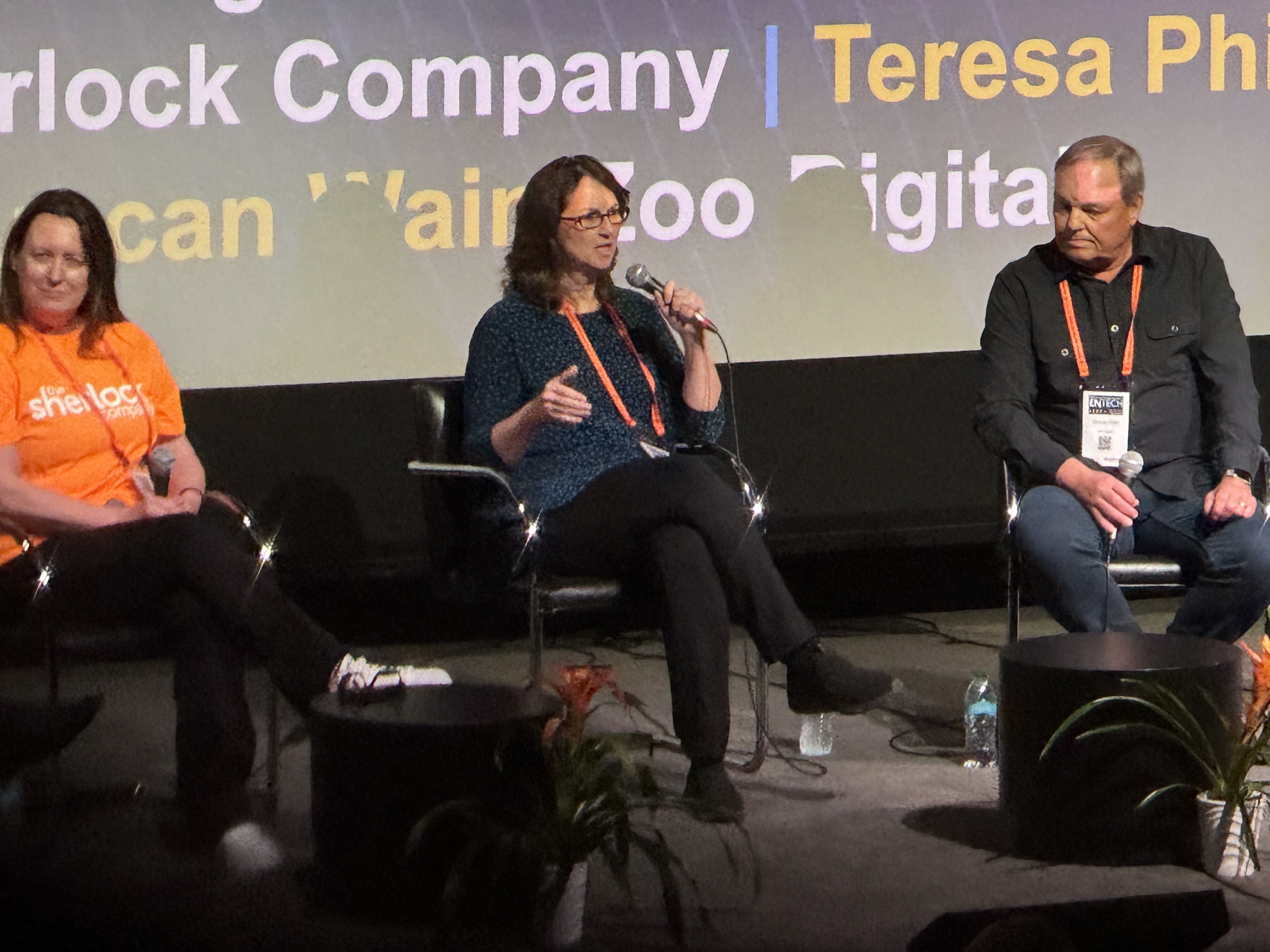Spherex's patented Spherexgreenlight™ AI/ML content analysis technology provides frame-level cultural feedback to content creators, distributors, and platforms so that titles can be adequately prepared for distribution to any country worldwide without regulatory or brand risk. Creators can use this technology at any stage of production to be alerted to events within the title that audiences or regulators may find objectionable. They can then decide how to address those issues before public release.
Spherexgreenlight™ is simple to use, its output easy to understand, and the technology behind it is truly extraordinary. This post describes what Spherexgreenlight™ looks for in video content (we call them events) and how it interprets events that could result in cultural, political, or regulatory issues.
Culture matters.
Analyzing scenes through a cultural lens is critical to determining content audience suitability for local markets. For film and television, the type, portrayal, and intensity of cultural events determine the familiarity and acceptance of foreign content. How a title is perceived by government regulators and the public directly impacts distribution opportunities, market reach, audience size, public relations, and revenue.
Events are the foundation.
Events are components of a scene that include dialogue, music, lighting, acts of violence, sexuality, and drug use, among others, that tell the story. Think of events as subjects plus action, surrounded by context. A gunfight is an event. A love scene is an event. An argument containing profanity is an event. As interpreted by each country's culture and rules, the frequency, intensity, and impact of events determine the respective age ratings for a title. Take drug use, for example. Images of someone using a drug prescribed by a doctor (like an antibiotic) versus one used recreationally (like nicotine or marijuana) or in an abusive manner (like methamphetamine) all uniquely contribute to the intensity or impact of an event. Illicit drug use that is implied, shown as occurring in the shadows, or results in negative consequences may be suitable for all age groups in some countries but only for teenagers and above in other countries. The magic is knowing how each event is interpreted culturally and then applying each country's respective laws and rules to determine the appropriate age rating.
Multiply that example across 200+ countries and territories, 7,151 known languages, and 3,800 distinct cultures, and you begin to see the value of Spherexgreenlight™. People interpret events differently based on their language, traditions, beliefs, and laws. There are hundreds of classifiable events to understand in preparing a title for international release.
Context is often the final arbiter.
Context is the circumstances that form the setting for a situation or event -- and thoroughly explain it. Lighting, environment, era, consequences, character portrayal, colors, and more all contribute to describing the context of an event and are perceived differently by cultures worldwide. Contextual cues for age ratings may involve the environment, the character's prominence, the plot's importance, and whether an objectionable event is glamorized or encouraged. Context is critical to the arithmetic of computing an event. It will either be an aggravating or mitigating factor and, thus, raise or lower the formulated age rating.
Event exceptions introduce risk.
"Exceptions" are events that contain objectionable content according to a country's culture, politics, or laws. Exceptions cause regulators to restrict content to adults, require compliance edits before distribution, or entirely ban a title in some cases. Compliance edits can be bleeps or blurs that have little impact on the story. Or they could entail cutting scenes or reshoots, depending on the form and degree of objectionable content. Showing the Taiwanese flag on a jacket for a few seconds got Paramount Studio's " Top Gun: Maverick " banned in Mainland China but had no impact anywhere else. Two words in a single line of dialogue mentioning a same-sex girlfriend in Disney's " Onward " was enough to get the film banned in multiple countries. Even the cultural miscues in Netflix's "Squid Game" indicate how exceptions impact audience and media response to a title.
Ideally, potential exceptions are identified during the script or production stages to mitigate compliance-related delays and costs. Knowing the concerns allows the director to address potential issues to avoid regulator scrutiny and reach the broadest audience in every market while staying true to their vision and the story. The difference in audience size of a film released in Germany rated age 12 compared to one rated age 16 is three million people. If similar ratings have similar population differences in multiple countries, making compliance edits can expand audience reach by millions. Because reach and engagement are vital determinants of success, knowing where to make edits to reach broader audiences is invaluable information, especially before issues arise.
Making global distribution more successful.
Few issues are more crucial to content creators than maintaining creative control and distributing their work. As global demand for content increases, those creating it will come face-to-face with the realities of international distribution. The first roadblock they will encounter is content regulators. Only Spherexgreenlight™ provides the insights necessary to ensure story integrity and cultural compliance and does so in a way that makes global distribution more successful.
Contact Spherex today to schedule a live demonstration.






